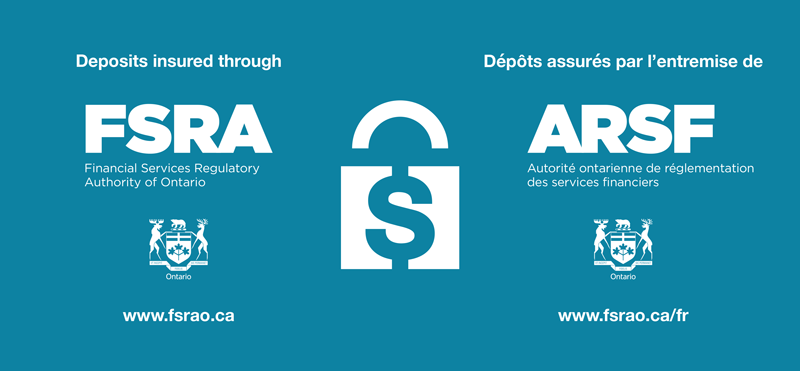You can open multiple FHSAs across different financial institutions, but the total contribution amount to all FHSAs can’t exceed the annual and lifetime contribution limits.
First Home Savings Account
Who is eligible?
In order to participate in the First Home Savings Account, you must be
What's an FHSA?
An FHSA is a tax-advantaged registered plan that lets you save for your first home. Your contributions reduce your taxable income (up to a lifetime maximum of $40,000), and you can withdraw the money―tax-free―for any qualifying home purchase.
- Contribute $8,000 annually up to a maximum lifetime contribution amount of $40,000.
- Unused annual contribution room can be carried forward and used in future years, up to a maximum contribution of $16,000 in a single year.
- Contributions made are tax-deductible and growth on investments and qualified withdrawals are tax-free.
- Your account can remain open for 15 years or until the end of the year you turn 71, whichever happens first.
FHSA compared to a TFSA and RRSP.
| FSHA | TFSA | RRSP | |
|---|---|---|---|
| Contributions are tax-deductible | |||
| Withdrawals are tax-free | |||
| Withdrawals don’t need to be paid back |
Ready to start saving for your first home?
Frequently asked questions
Can I open multiple FHSAs?
Can I transfer funds between an RRSP and an FHSA? What about transferring between FHSAs?
You can transfer funds in either direction between your RRSP and your FHSA without any tax consequences, as long as they are transferred directly between the financial institutions of the plans involved, and as long as the funds you add to your FHSA don’t exceed your unused FHSA contribution room. Withdrawals from an RRSP are subject to taxes.
You can also transfer funds between FHSAs without tax consequences, but it also must be a direct transfer.
How does the FHSA differ from the Home Buyers’ Plan (HBP)?
The HBP allows you to borrow up to $35,000 from your RRSP tax-free, subject to eligibility and conditions, but it must be paid back within 15 years. With an FHSA, you can contribute a lifetime maximum of $40,000 and qualifying withdrawals are also tax-free—however, they don’t need to be repaid.
You can contribute to both an HBP and FHSA.
What if I don’t end up purchasing a home?
If you don’t use the money in your FHSA within 15 years of opening the account (or by the end of the year you turn 71), you can transfer it—tax-free—to an RRSP or RRIF. You can also withdraw it, but you will be taxed on the amount you withdraw.
What are the spousal contribution rules?
You and your spouse can each open your own FHSA. As long as you’re both first-time homebuyers, you can both use your accounts to buy the same home. As a couple, your annual combined contribution room would be $16,000 ($8,000 x 2), with a lifetime maximum of $80,000 ($40,000 x 2). Spouses cannot contribute to each other’s FHSAs.
* To make a “qualifying withdrawal”, you must be a first-time homebuyer who is a resident of Canada, have a written agreement to buy or build a qualifying home in Canada before October 1 of the year following the year of withdrawal, and intend to occupy the qualifying home as your principal place of residence within one year of buying or building it. You must not have acquired the qualifying home more than 30 days before making the withdrawal.
You will be considered to be a "first-time home buyer” for the purposes of a qualifying withdrawal if, at any time in the calendar year before the withdrawal (except the 30 days immediately before the withdrawal) or at any time in the preceding four calendar years, you did not live in a qualifying home (or what would be a qualifying home if located in Canada) as your principal place of residence that you owned or jointly owned.
A "qualifying home" is defined as a housing unit located in Canada. This includes existing homes and those being constructed, such as single-family homes, semi-detached homes, townhouses, mobile homes, condominium units, and apartments in duplexes, triplexes, fourplexes, or apartment buildings, but does not include a share that only provides you with a right to tenancy in the housing unit.



